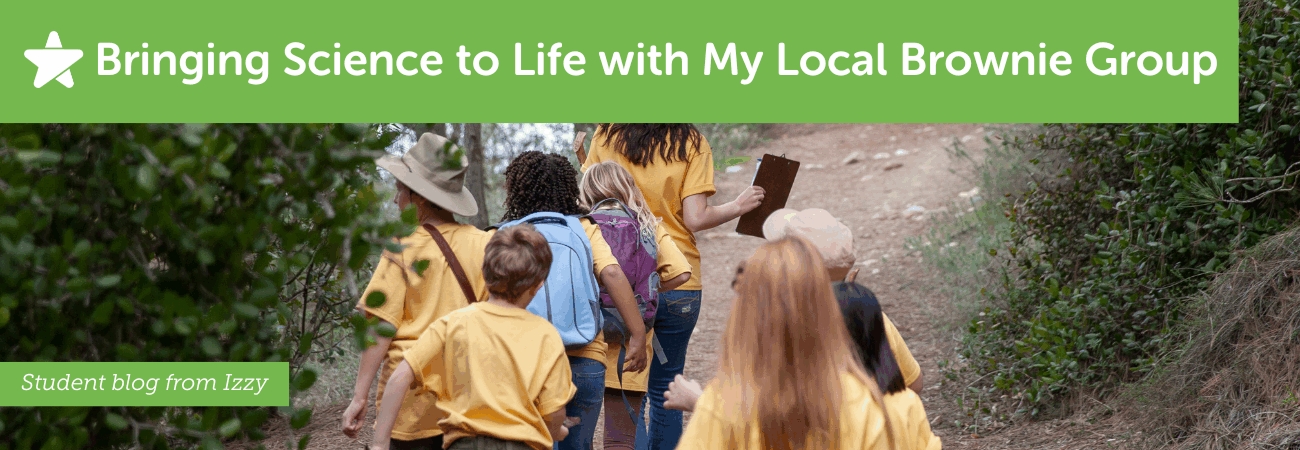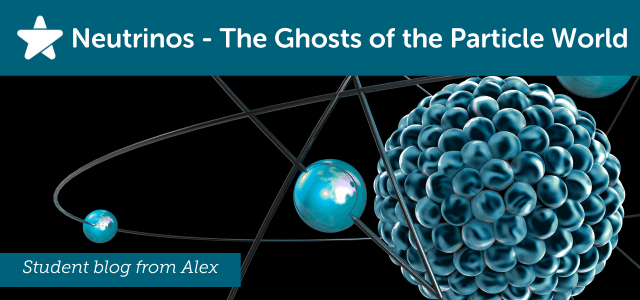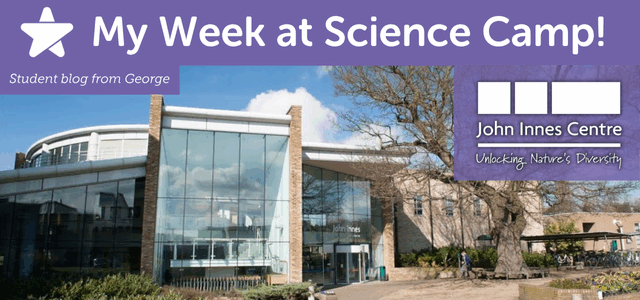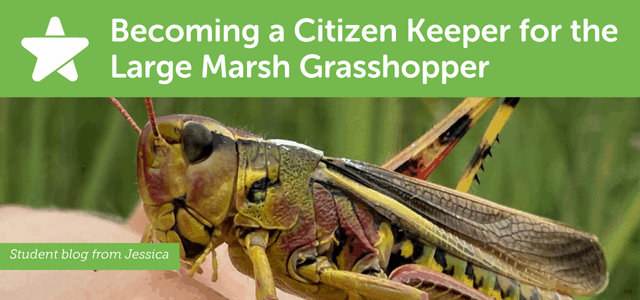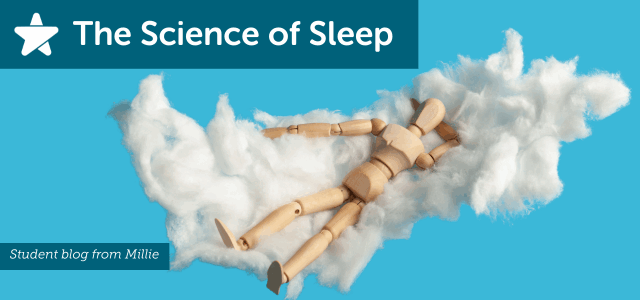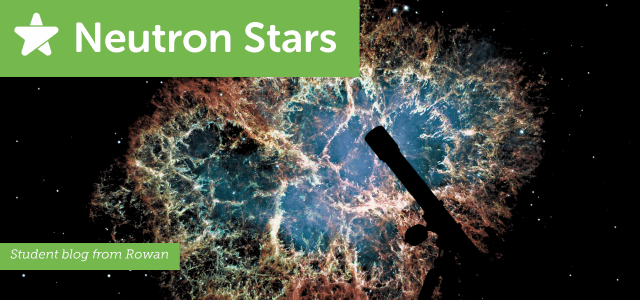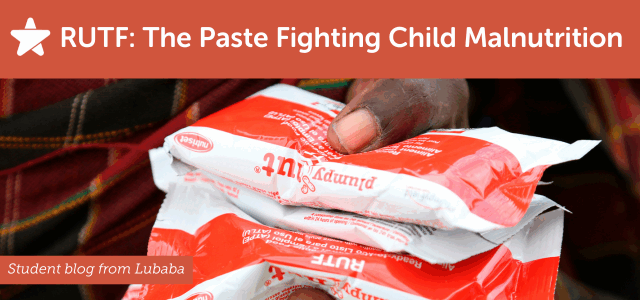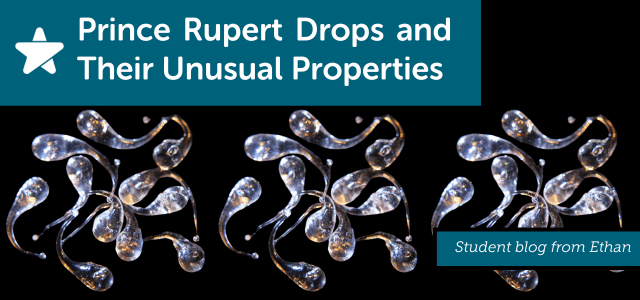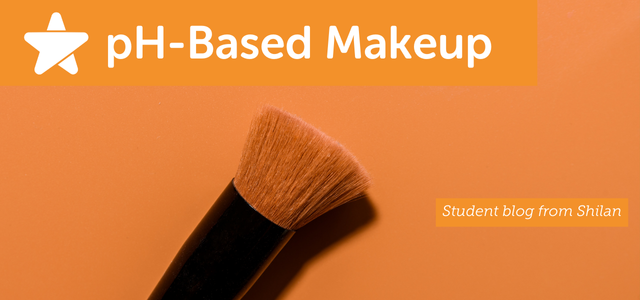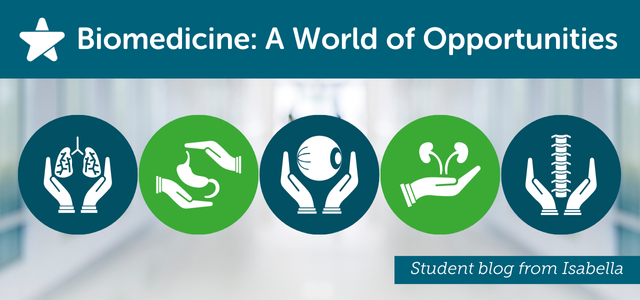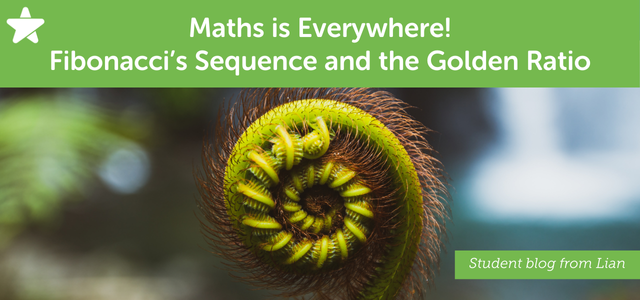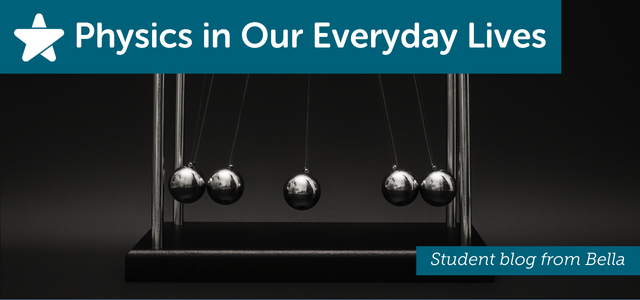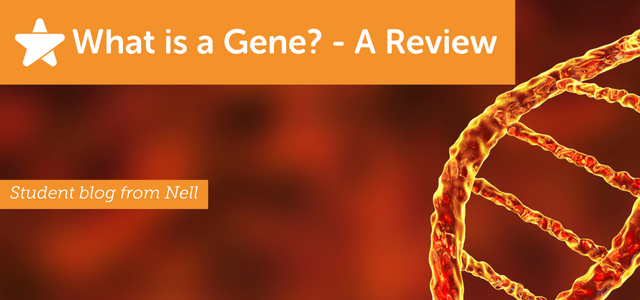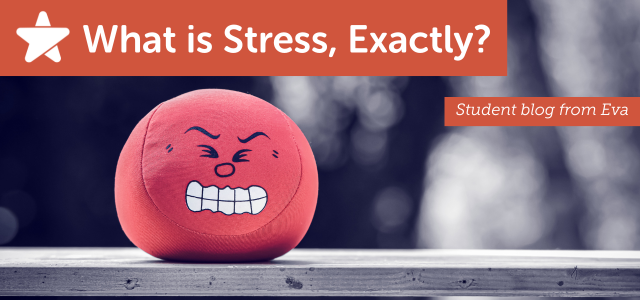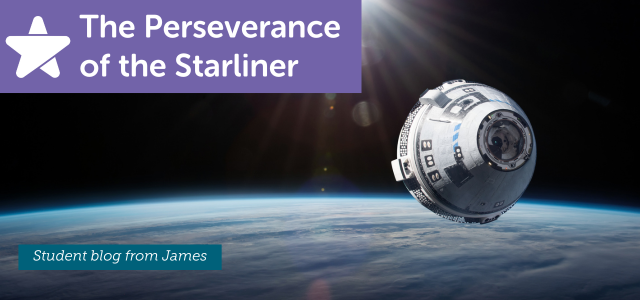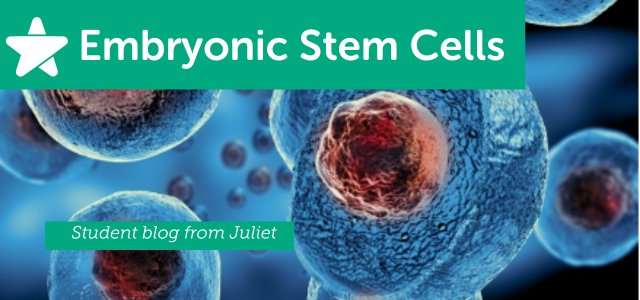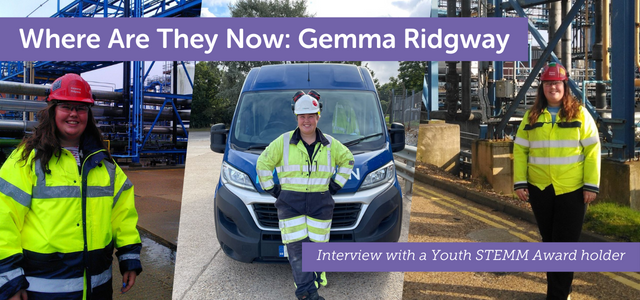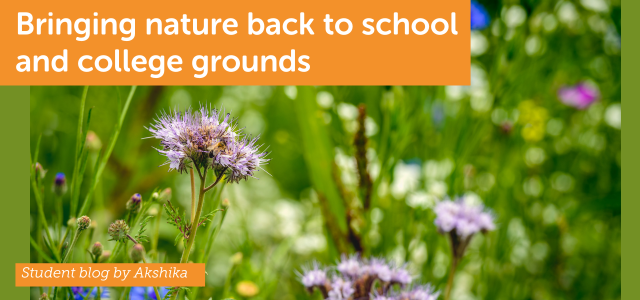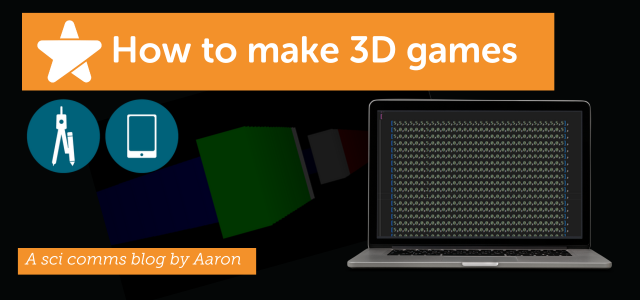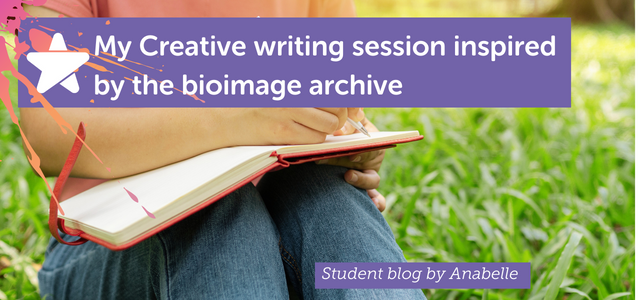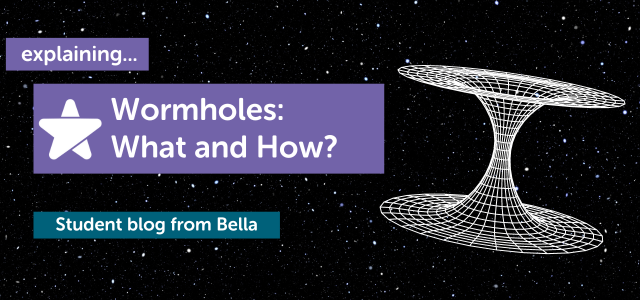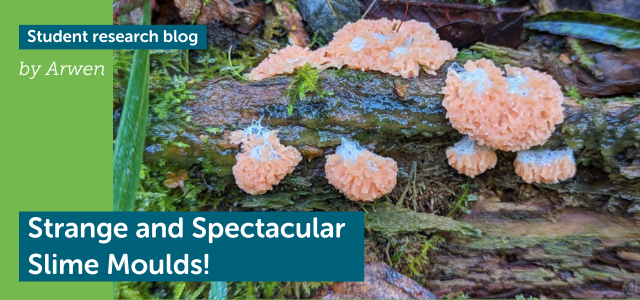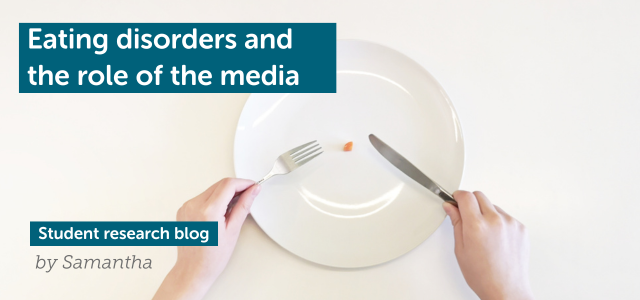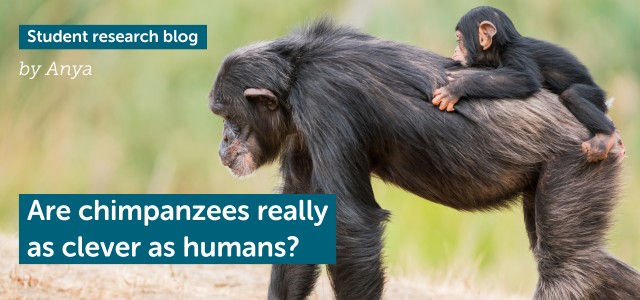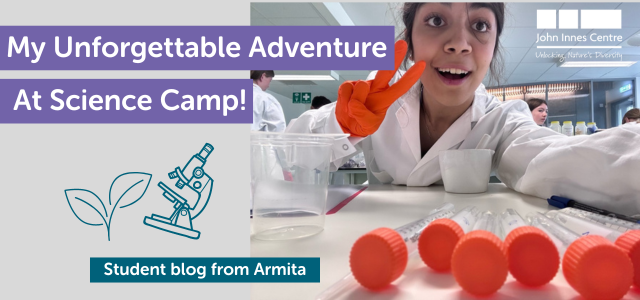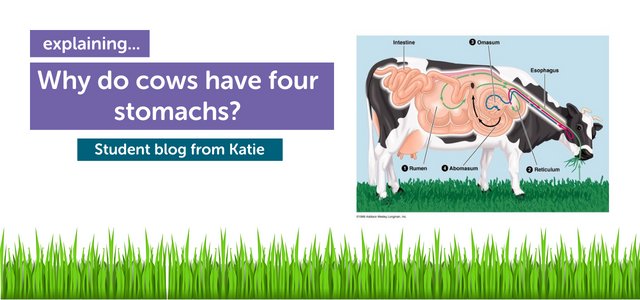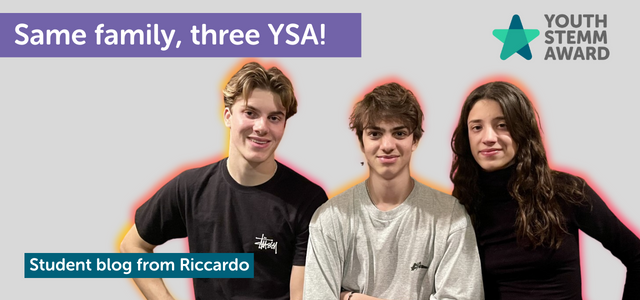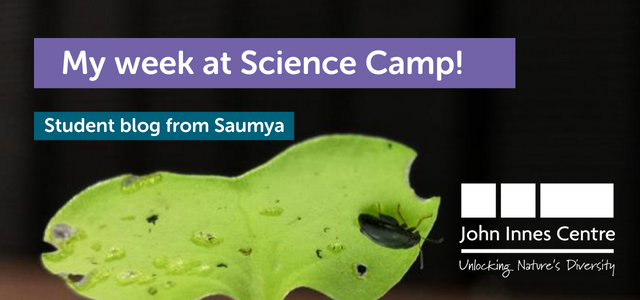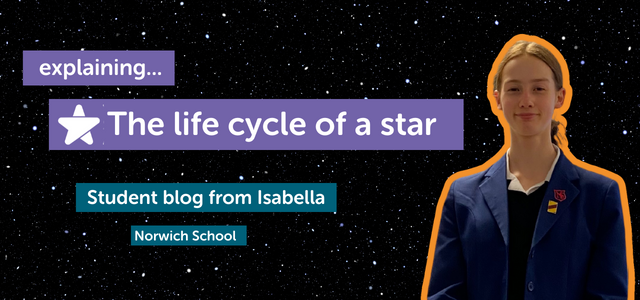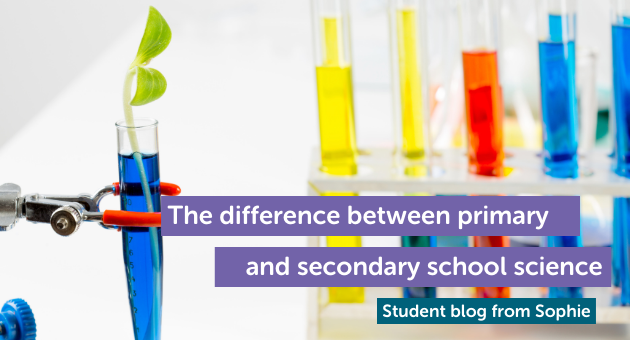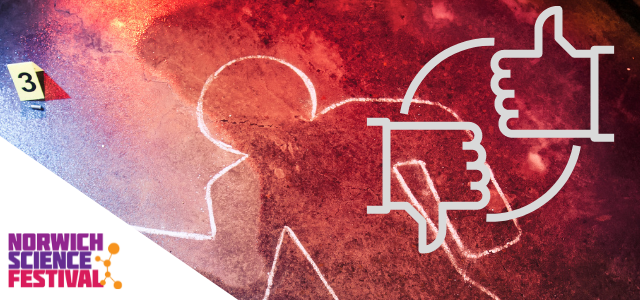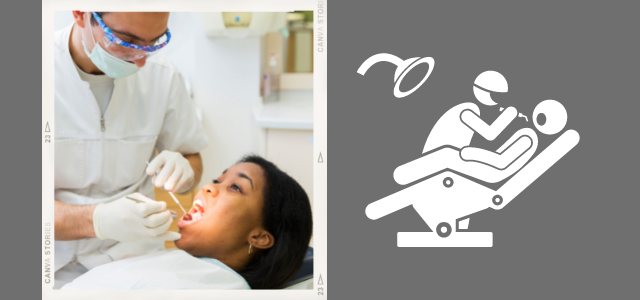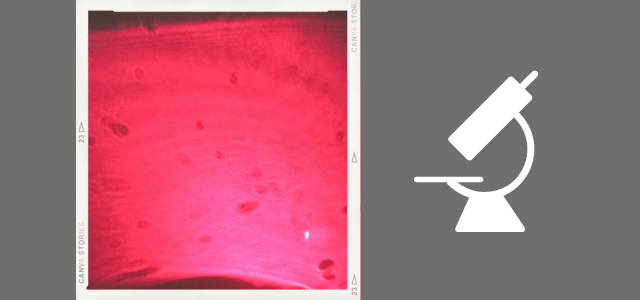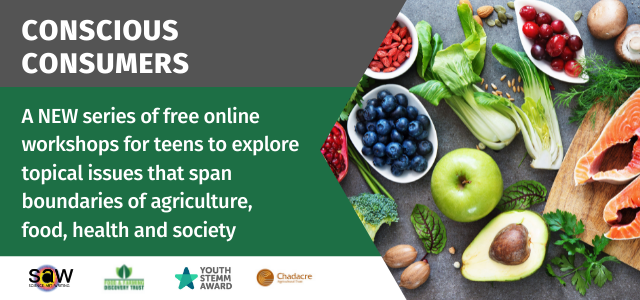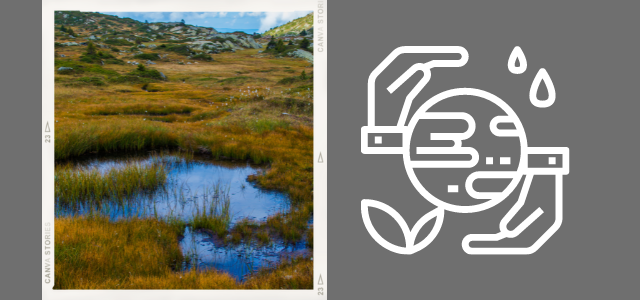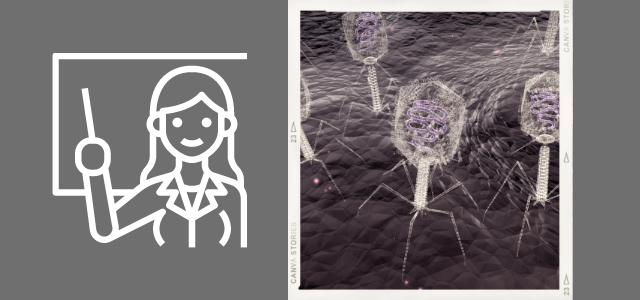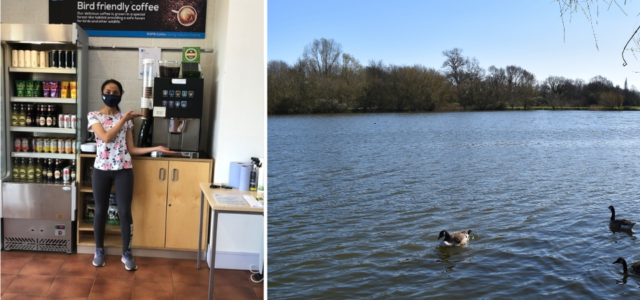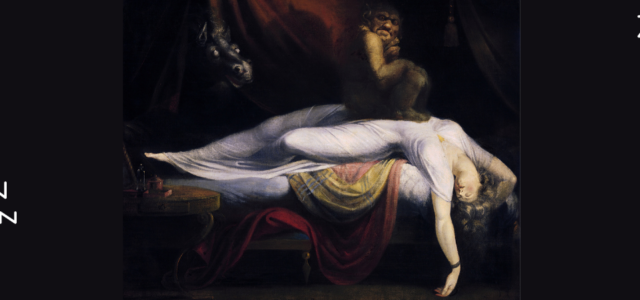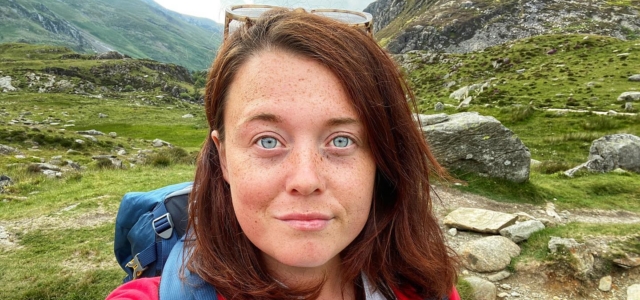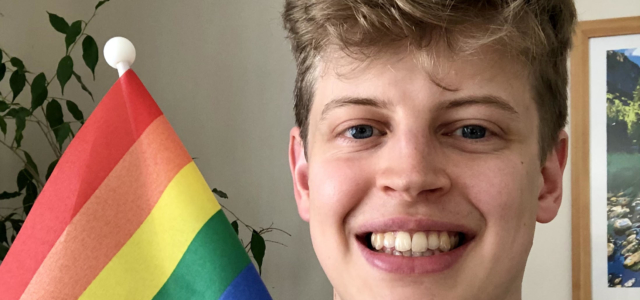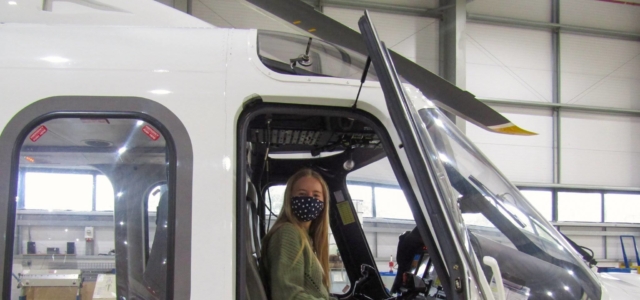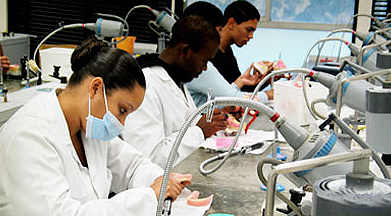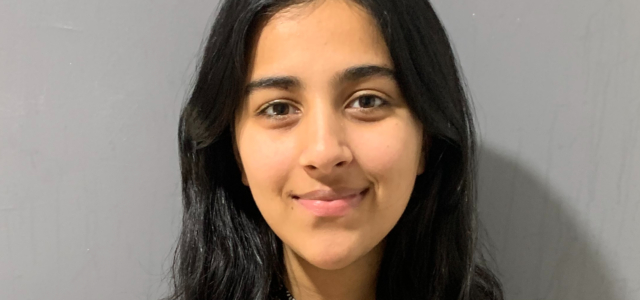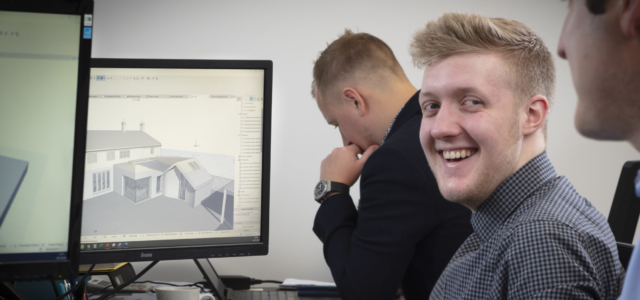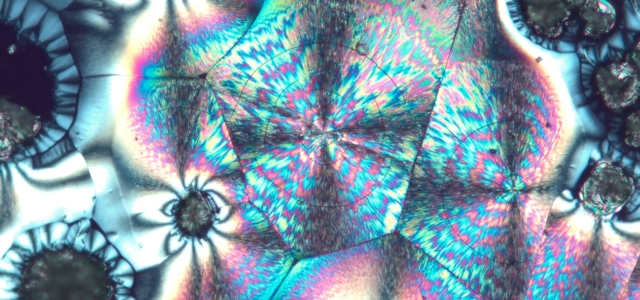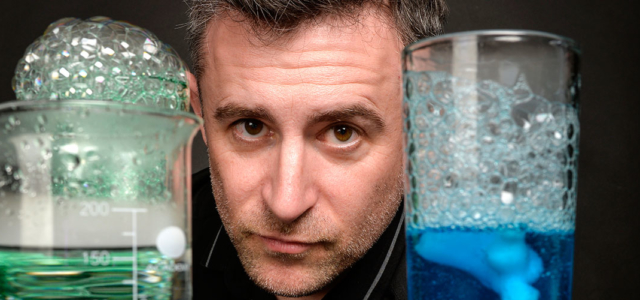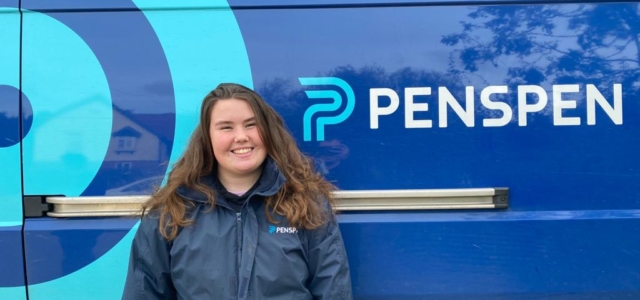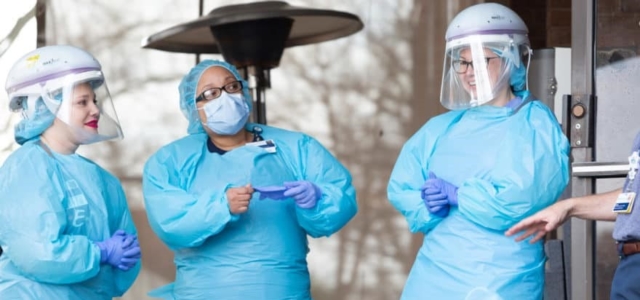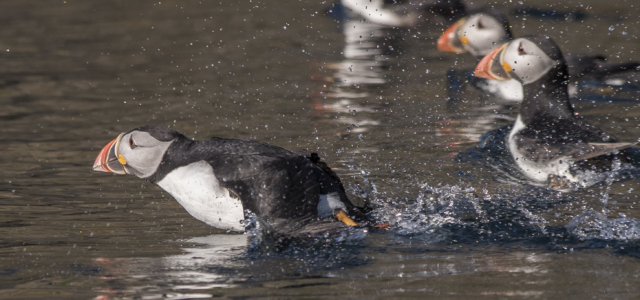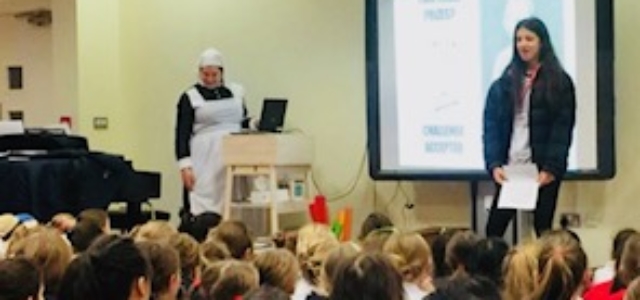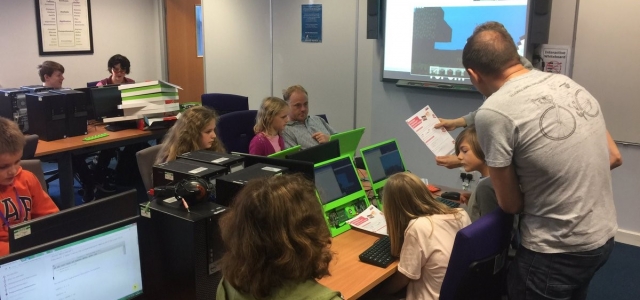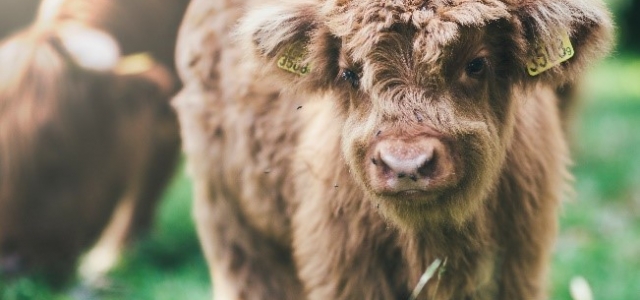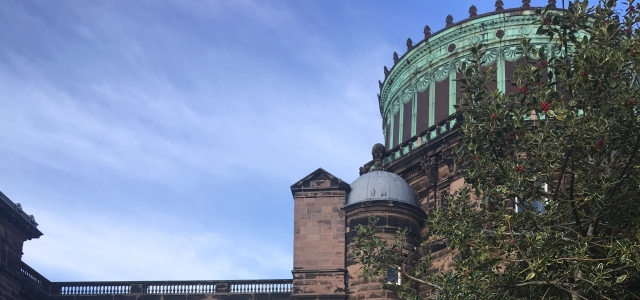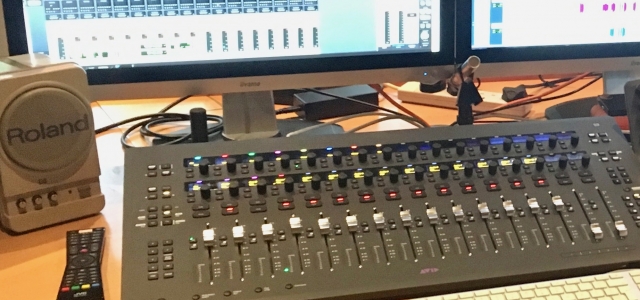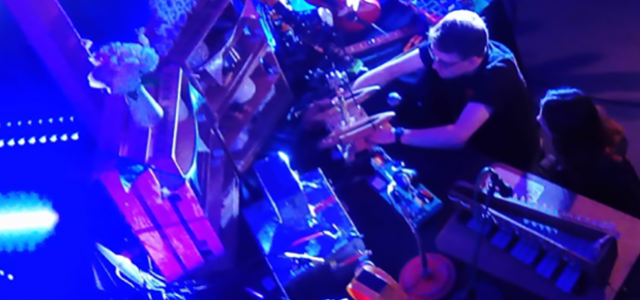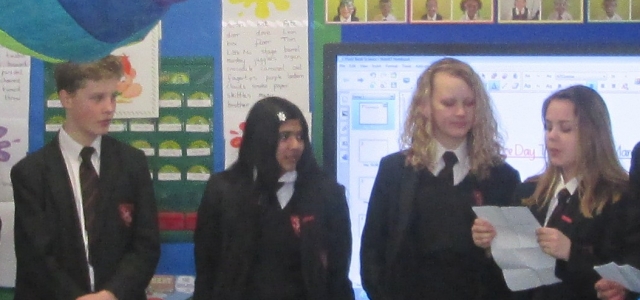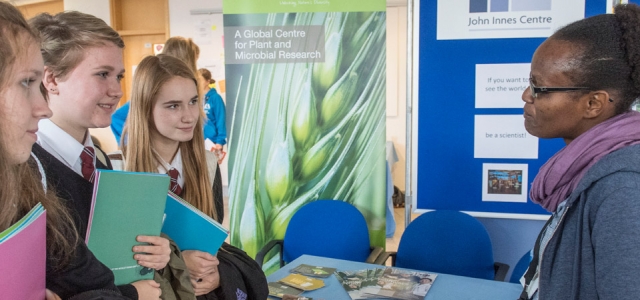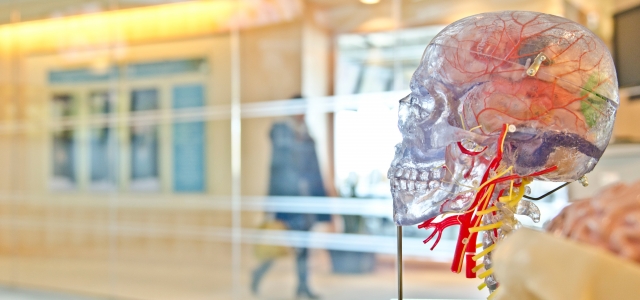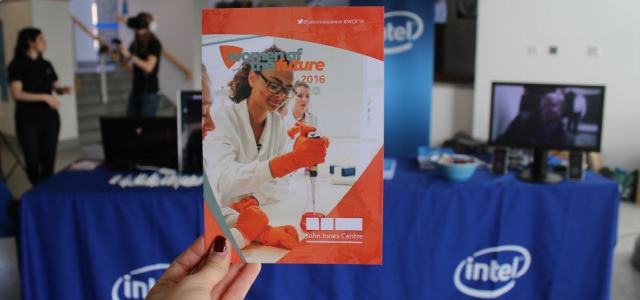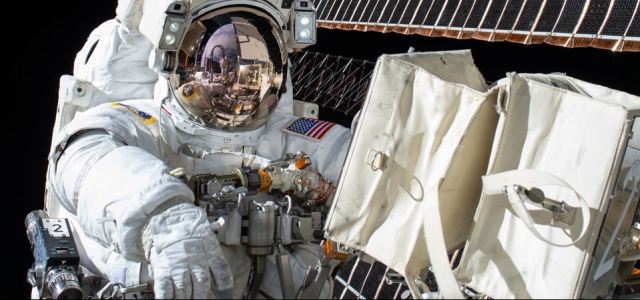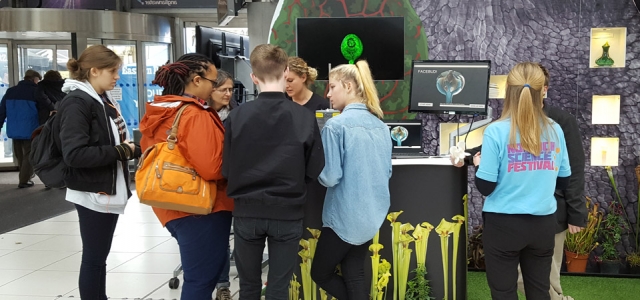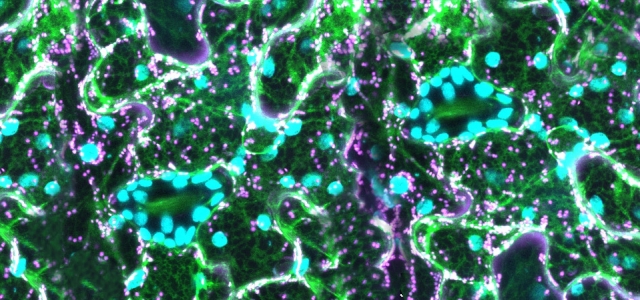When Izzy noticed that hands-on science was often missing from her Brownie unit’s activities, she decided to do something about it. As part of her Youth STEMM Award, she planned and led two lively STEMM-themed evenings packed with experiments, curiosity, and fun. In this post, Izzy shares what she learned—and how the Brownies did too.
As part of my Youth STEMM Award, I organised two science-themed evenings for my local Brownie group. I’ve been volunteering with the unit on and off for three years and am currently working towards my Young Leader qualification. I planned these sessions as part of the ‘Inspiring the Next Generation’ strand of my award. Science is often overlooked for children aged 7 to 10, as the focus tends to be on Maths and English. Many children don’t get the chance to explore hands-on science until secondary school. I wanted to change that by making science fun, exciting, and accessible for the Brownies.
Session Planning
I ran two themed evenings—one focusing on Biology, and the other on Physics. I hoped this would give the girls a broader understanding of what science involves and encourage them to take an interest in different areas. Here’s a look at the activities we did in each session:
Biology Evening
DNA Extraction from Strawberries
We used water, salt, and dish soap to break open strawberry cells, then filtered the mixture and added cold rubbing alcohol to make the DNA visible. The girls were fascinated by the white, stringy strands that appeared. Although it got quite messy, we used glass jars with hot-glued lids so they could take their experiments home.
DNA-Themed Beetle Drive
A fun twist on a Brownie favourite! We used fizzy ropes as the DNA backbone and jelly tots for the four bases. Unfortunately, our spaghetti double helix idea didn’t work out, as the spaghetti kept snapping, but the girls still enjoyed the challenge.
DNA Quiz
This was a short quiz to test what they’d learned—like why we used dish soap and who discovered DNA. It was less popular because it wasn’t as hands-on, but it helped reinforce some key ideas.
Physics Evening
Static Electricity Butterflies
We made butterflies out of tissue paper and used balloons to make their wings “flutter” using static electricity. The girls loved seeing the effects of invisible forces at work!
Paper Planes and Aerodynamics
We designed paper planes and changed features like wing size or nose shape to see how it affected flight. Some planes flew the entire length of the hall! The girls enjoyed the competitive element of measuring the distances.
DIY Lava Lamps
This colourful experiment used oil, water, and food colouring to explore density. Although I accidentally gave the steps in the wrong order, it still worked well after a quick shake! We again sealed the jars so the girls could take them home.
What We Learned
The messier activities—like lava lamps and DNA extraction—were the most popular. But every experiment taught them something – from density and DNA to static electricity and simple aerodynamics.
Some girls were especially curious, asking great questions about why things worked. It was also a great opportunity for the Brownies to work towards their ‘Jobs’ badge.
What I Gained
Planning and leading both sessions helped me work towards my Young Leader qualification. Although it was a bit stressful at times—especially when I couldn’t find equipment or when things didn’t go exactly to plan—it was incredibly rewarding. I saw younger girls grow in confidence and curiosity, and I grew as a leader. Since then, I’ve come across even more fun and simple science experiments that would work well with the group, and I’m already thinking of planning another session next term.
Why It Matters
I believe it’s important to introduce science at a younger age. It’s easy to make science engaging and hands-on, yet it often gets left behind until secondary school. Starting with basic concepts in primary school can make the transition easier and spark lifelong interest.
Some of my favourite memories from secondary school involve practical experiments. If we can give younger children similar experiences, we can inspire the next generation of scientists – and have a lot of fun along the way!

